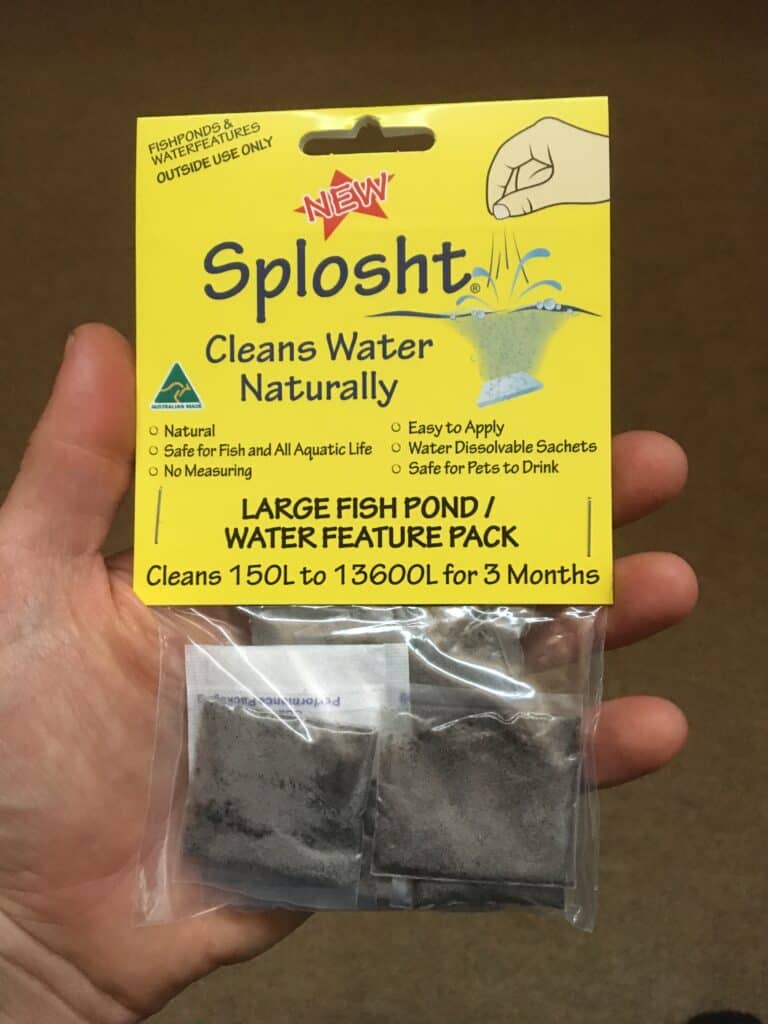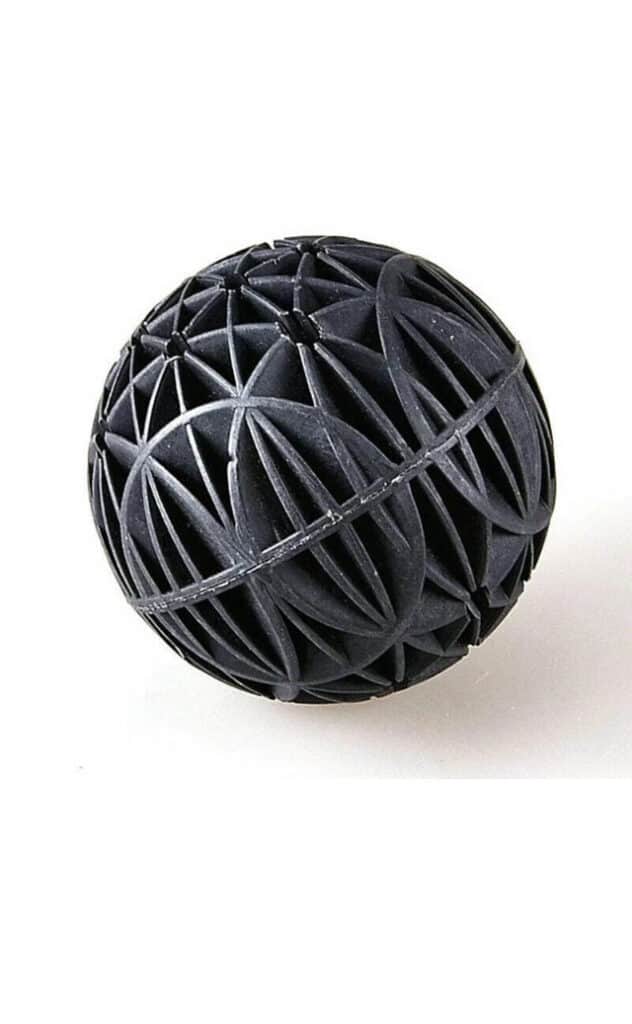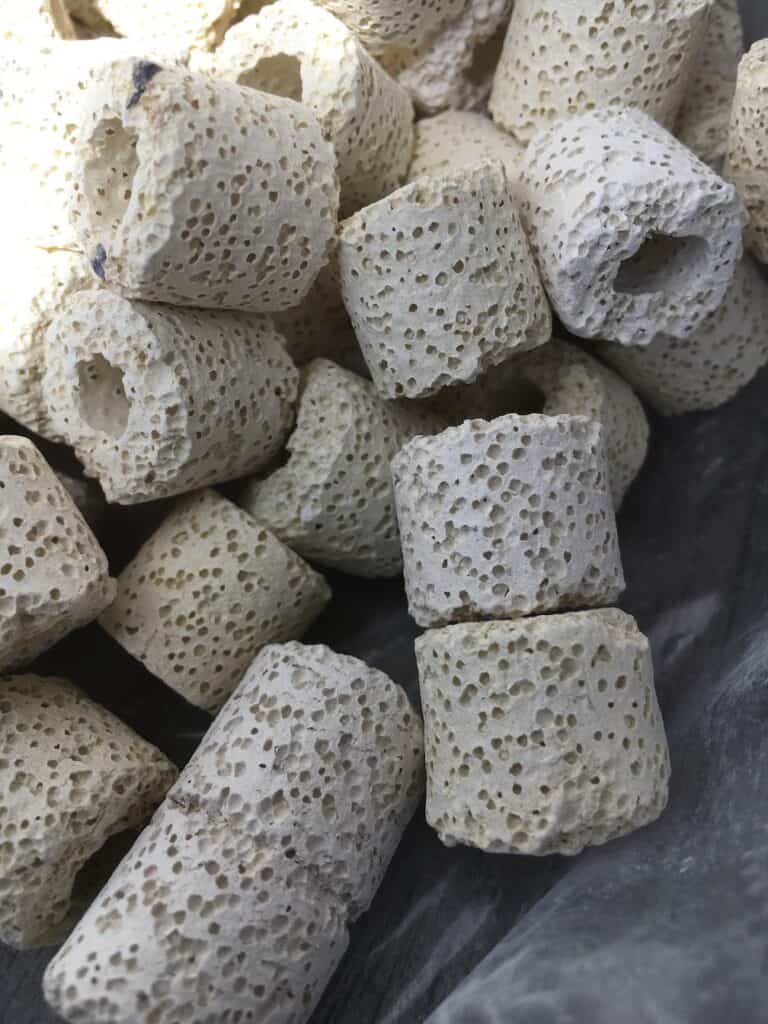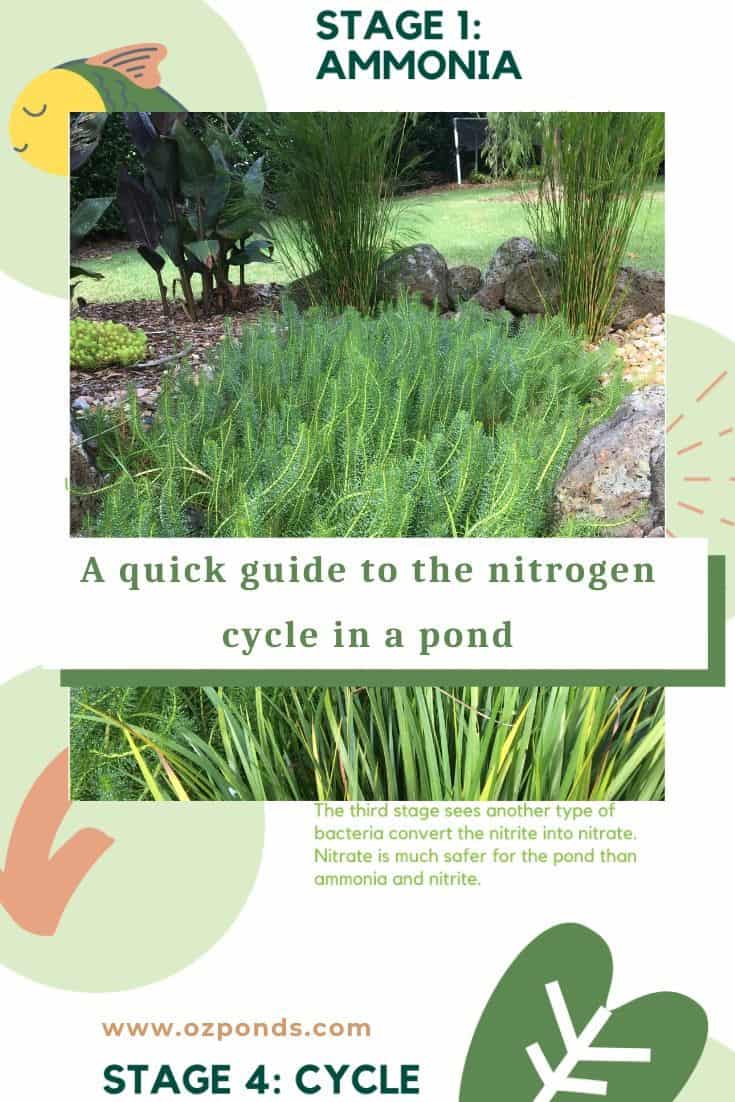The nitrogen cycle is a natural occurring cycle that will convert harmful ammonia within the pond into nitrate.
Nitrate can be consumed by plants.
This forms a perfect cycle within your pond.
A well functioning nitrogen cycle will provide exceptional water quality, great fish health and a very easy to maintain pond ecosystem.
Best of all its completely natural!
How to start the cycle & How it works
The cycle will start once there is ammonia in the water. There is a few ways this can be kick-started.
The most common method is to introduce a couple of fish into the pond. The fish when they breathe, release ammonia into the water.
As soon as the ammonia is present a form of bacteria (Nitrosomonas) will begin converting the ammonia into nitrite. This bacteria is everywhere so you don’t need to find it! It will find your pond;)

Once there is nitrite in the water another form of bacteria (Nitrobacter) comes along and converts the nitrite into nitrate. Again this will occur without any intervention on your part.
It’s all happening naturally.
There is no bacteria that will consume the nitrate. In our ponds this task is completed by aquatic and marginal pond plants.
Nitrate is a common ingredient in commercial plant food. Thanks to the bacteria within the pond it creates free plants food for us.
The plants consume the nitrate, removing it from the water. The plants drop leaves into the water that break down.
This releases more ammonia, Then the bacterias convert the ammonia into nitrate and around and around we go!
Hence why its called a cycle 🙂
Other ways that it can be started is adding fish food to the pond. This will break down releasing ammonia and away you go.
Or simply do nothing!
Over time organic material will fall into the pond, break down and release ammonia and the cycle will begin.
You can also buy beneficial bacteria (aquascape has a great product, click for an amazon link) in a bottle this can speed up the entire process.
I use Splotsht on purchased on eBay.
Adding bacteria is great to kick start a new pond and also in spring after a cold winter.
This will give the bacteria a quick re-boot.

Providing a home for the bacteria
As you can see the whole cycle is reliant on the bacteria converting ammonia into nitrate.
The more bacteria living within the pond the better!
The reason being is the ammonia released into the water will always be changing. As you can imagine at different times of year different things are occurring.
For example during autumn more leaves will fall into the pond. The decaying leaves release more ammonia.
During summer the fish are more active eating more and producing more ammonia.
Having plenty of bacteria on hand to deal with the added load during these times will keep the fish safe and the water healthy.
So where do i make a home for the bacteria?
The bacteria will colonise any wet surface within the pond. They will live in the pump, in the pipes, on the liner anywhere that is constantly wet!
But the best thing you can do is add more surfaces!
Particularly rough surfaces. Rocks, plant roots and wood are perfect.
There are also many specially designed products available that have large surface area in small packages. Things like ceramic noodles and bio balls being just 2 examples.

Bio balls 
Ceramic noodles
Many people avoid putting rocks into their ponds because they try and keep them too clean. This really robs the bacteria of excellent habitat.
I can’t stress enough how important the bacteria is! The more bacteria your pond has the cleaner and healthier the pond water will be.
I understand, if you want to have a pond with just the black liner.
This can look quite spectacular with colourful goldfish or koi swimming about. Just make sure you add a filter where plenty of bacteria can live.
The best filter you can add is a bog filter. It will provide plenty of surface area for bacteria, plants to remove nutrients and lower water velocity to collect solids.
To learn more about bog and wetland filters, click the link to read my article on the topic
If nitrate is plant food won’t it create algae?
Simple answer. Yes!
Algae is totally natural and any healthy pond should have algae in it. But obviously we want to keep it to a minimum.
Thats why we add plants. Providing plenty of aquatic plants will compete with the algae for the available nitrate.

Once you have well established plants and plenty of bacteria you will barely notice the algae.
Almost all new ponds will have an algae outbreak this is completely normal and nothing to worry about, it’s simply the pond finding its balance within the cycle.
Overtime as the plants grow and more and more bacteria colonise the pond the cycle will take care of its self!
A sure sign that the pond doesn’t have enough bacteria is the presence of green water.
This is single celled algae feeding on the ammonia, nitrite and nitrite in the water.
Increase the bacteria and this problem will disappear!
Below is a short video showing one of my fish ponds completely green.
Once i increased the amount of bacteria in the pond by adding a bog filter the water became crystal clear.
Best of all this pond now requires zero maintenance. The bacteria within the bog filter coupled with the plants are doing all the work for me.
Every now and then i open a valve to release the build up of solids. Takes 2 minutes every few months!
Keep the bacteria safe!
By now you’re getting the picture the bacteria living in the pond do all the heavy lifting when it comes to water quality within the pond ecosystem.
Therefore its incredibly important to keep it safe!
The main killer of bacteria in ponds in chlorine.
Chlorine is added to the tap water that we drink. This is to kill bacteria and microbes. This has been great at stopping the spread of water-borne diseases.
However it’s disastrous for the bacteria in your pond!
Topping up or refilling the pond with tap water risks killing the bacteria living in the pond.
This also risks the health of the fish and other aquatic animals within the pond.
So how do i top up my pond?
If you have water tanks use that water!
You can’t beat rain water in terms of being pond safe. After all its pure H2O.
If tank water isn’t an option use a water detoxifier to neutralise the chlorine in the water making it safe for the bacteria within the pond.
There are many detoxifiers to choose from they all do pretty much the same job.
Allowing water to sit for 48hrs is another effective way to remove chlorine.
Nowadays there are a few companies that provide a filter on the main water line before it enters the house.
Most of these filters will remove chlorine.
What if i need to empty my pond?
Keeping the bacteria safe during a major pond clean can be tricky.
The first thing you’ll want to do is save as much of the pond water as possible.
Second if you have a filter keep all the filter sponges, ceramic noodles, bio balls etc. Place them in the pond water you saved, so they remain wet.
If the pond is small collect any rocks, ornaments, driftwood ect. Again keep them wet in the collected pond water.
Lastly if topping up with tap water make sure that the water you put back into the pond is chlorine free.
I recommend always using a detoxifier if unsure.
Preserving as much bacteria as possible will mean your pond won’t go through the whole cycle all over again.
Conclusion
So as you can see the nitrogen cycle isn’t complicated at all. It’s just the process of harmful ammonia being converted into plant food (nitrate).
The basic principle is get out of its way and let it work! Don’t over complicate it! Don’t over think it! And Don’t over clean it!
The older the pond gets the more bacteria and the better the cycle and overall ecosystem within the pond will function.
Now if this has been helpful and you are constructing a pond, already have a pond or a dreaming about creating a pond. Then subscribe to our email list to receive special offers/ discounts on pond related products.

